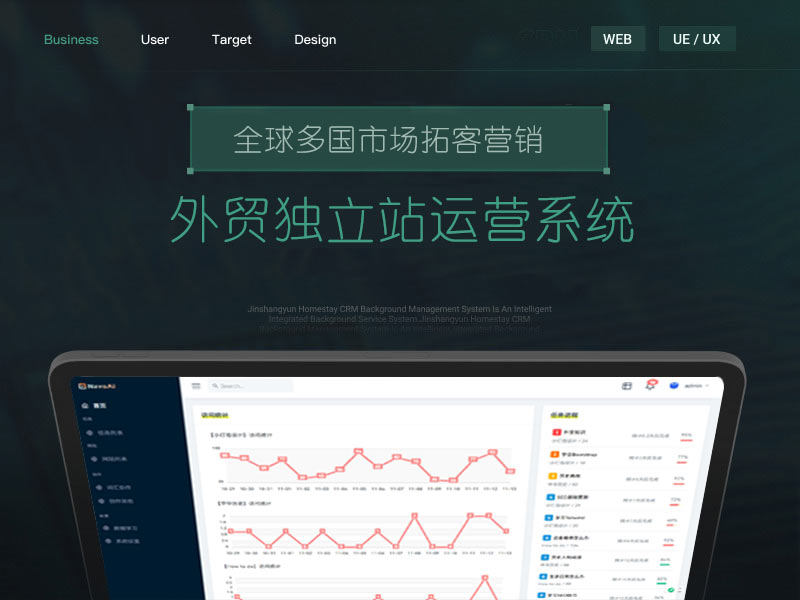Node.js与GraphQL实现评论功能
在当今的网络时代,评论功能成为了许多网站和应用程序不可或缺的一部分。通过评论,用户能够真实地表达他们对内容的看法、互动并建立社区关系。而在技术实现方面,Node.js与GraphQL结合提供了一种高效且灵活的解决方案。小编在本文将详细介绍如何利用Node.js与GraphQL实现评论功能,帮助开发者更好地理解这一过程。
在实现评论功能之前,了解Node.js和GraphQL的基本概念及其优势至关重要。Node.js是基于Chrome V8引擎构建的JavaScript运行时,允许开发者使用JavaScript在服务器端进行开发。它的事件驱动非阻塞I/O模型使得处理高并发请求变得更加高效。GraphQL是一种查询语言,允许客户端指定所需的数据结构和内容,具备灵活性和高效性,因此成为许多现代API的首选。
接下来,我们将通过一个具体的教程,介绍如何在Node.js环境下使用GraphQL实现评论功能。首先,确保已安装Node.js和npm,在项目目录下创建新的Node.js应用。通过以下命令安装所需的依赖库:
npm init -y
npm install express graphql express-graphql mongoose接下来,我们需要简要设置MongoDB数据库用于存储评论数据。创建一个名为Comment的数据库模型,代码示例如下所示:
const mongoose = require('mongoose');
const commentSchema = new mongoose.Schema({
username: { type: String, required: true },
content: { type: String, required: true },
date: { type: Date, default: Date.now }
});
module.exports = mongoose.model('Comment', commentSchema);然后,设定GraphQL Schema与Resolver。以下是Schema的基本结构:
const { GraphQLObjectType, GraphQLString, GraphQLList } = require('graphql');
const Comment = require('./models/comment');
const CommentType = new GraphQLObjectType({
name: 'Comment',
fields: () => ({
id: { type: GraphQLString },
username: { type: GraphQLString },
content: { type: GraphQLString },
date: { type: GraphQLString }
})
});接下来是Resolver函数,用于处理查询和变更操作:
const RootQuery = new GraphQLObjectType({
name: 'RootQueryType',
fields: {
comments: {
type: new GraphQLList(CommentType),
resolve(parent, args) {
return Comment.find();
}
}
}
});
// Mutation to add a new comment
const Mutation = new GraphQLObjectType({
name: 'Mutation',
fields: {
addComment: {
type: CommentType,
args: {
username: { type: GraphQLString },
content: { type: GraphQLString }
},
resolve(parent, args) {
const comment = new Comment({
username: args.username,
content: args.content
});
return comment.save();
}
}
}
});最后,在应用中串联GraphQL与Express:
const express = require('express');
const { graphqlHTTP } = require('express-graphql');
const mongoose = require('mongoose');
const schema = require('./schema');
const app = express();
mongoose.connect('mongodb://localhost:27017/comments', { useNewUrlParser: true, useUnifiedTopology: true });
app.use('/graphql', graphqlHTTP({
schema: schema,
graphiql: true
}));
app.listen(4000, () => {
console.log('Server is running on port 4000');
});在以上代码中,我们首先设置了MongoDB连接,然后通过express-graphql中间件将GraphQL API连接到我们的应用。通过上面的代码,开发者可以通过HTTP请求添加评论和获取评论列表。
在Node.js与GraphQL中实现的评论功能广泛应用于社交媒体平台、新闻网站及电商平台等场景。利用这种方法,开发者不仅可以方便地管理评论数据,还能根据具体需求灵活调整API,使得前端体验更加流畅友好。随着用户交互需求的不断提高,这种灵活性尤为重要。
总结来说,通过Node.js与GraphQL构建评论功能,开发者能够享受到高度的灵活性以及数据处理的高效性。借助上述详实的步骤与代码示例,开发者可以轻松实现评论功能并进一步扩展项目功能。希望小编的介绍能帮助大家更好地理解与应用这一技术,实现创新的用户互动体验。
热门文章
Spimes主题专为博客、自媒体、资讯类的网站设计....
仿制主题,Typecho博客主题,昼夜双版设计,可....
一款个人简历主题,可以简单搭建一下,具体也比较简单....
用于作品展示、资源下载,行业垂直性网站、个人博客,....


